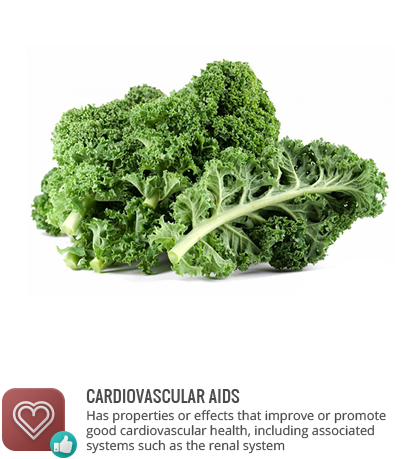Kale
Definition
Kale is a leafy green vegetable of the brassica family. There are multiple varieties of kale including lacinato, red Russian, and curly kale.
Health considerations
Kale is high in flavanols, beta carotene, vitamin K, vitamin C, as well as small amounts of B vitamins. It is a source of manganese, iron, calcium, zinc and other minerals. As a low-oxalate vegetable, the calcium in kale is highly absorbed. Kale is high in isothiocyanates including sulforaphane and other glucosinolates. Kale is low in fat but of its fat content, the majority is the omega-3 fatty acid ALA. In a study of men with high cholesterol, intake of a little more than half a cup of kale juice every day for 3 months improved coronary heart disease risk factors. See: Isothiocyanates, Glucosinolates, Alpha-linolenic acid
Keep in mind
Conventionally grown leafy greens are high risk for pesticide residue.
May be found in
Salad blends, frozen, fresh, soups, frozen meals, juices, minestrone
References
Food Chemistry
Wiley Online Library
The American Journal of Clinical Nutrition
Journal of Agricultural and Food Chemistry
Biomedical and Environmental Sciences
USDA
What’s on my food


